01 September 2022
A Guide’s Guide to the Somme: Delville Wood Cemetery
Up next on our journey round the Somme as told by CWGF Guides, Salomé Romary delves into what makes Delville Wood Cemetery a special site.
I think you should visit Delville Wood Cemetery

Image: Delville Wood Cemetery
Delville Wood is the 3rd largest British and Commonwealth cemetery on the Somme battlefields. Designed by Sir Herbert Baker, the cemetery was built after the 1918 Armistice and inaugurated in 1926.
The war cemetery was made by bringing in graves from smaller burial sites or individual battlefield burial plots. 5,523 casualties of which 3,593 are unidentified, are buried at Delville Wood. Most of these casualties were killed in July, August or September 1916 during the heavy fighting of the Battle of the Somme.
In 1916, Delville Wood was a track of woodland which was captured by the 9th (Scottish) Division on the 14 of July 1916, but despite gaining their objectives their advance was stopped. The South African Brigade of that division was then ordered to take and hold Delville Wood.
 Image: The devastated Delville Wood after the war
Image: The devastated Delville Wood after the war
After days of difficult fighting, the wood was finally cleared of the German resistance by the 14th Light Division. The Wood was then held until April 1918 when it was lost during a German advance. It was then retaken by the 38th Welsh division in August.
Delville Wood is a very well situated and easily accessible cemetery located in Longueval in the Somme.
Being a cemetery dedicated mainly to the memory of the South African soldiers who fought during the Battle of Delville Wood, you will get the chance to visit this site surrounded by a magnificent stretch of woodland. This is in stark contrast to the landscape that existed here over 100 years ago.
The story of Sergeant Albert Gill
 Image: Sergeant Albert Gill
Image: Sergeant Albert Gill
Albert Gill, born in Birmingham, West Midlands, England, served as a Sergeant of the King's Royal Rifle Corps 1st Battalion during World War One. He is one of the 49 recipients of the Victoria Cross for the Battle of the Somme.
On 27 July 1916, Albert Gill showed great bravery in dealing with a very dangerous situation during the Battle of Delville Wood.
Albert and the men of his battalion came under heavy counterattack on their right flank. He managed to rally his defences, a very difficult task at that time because of the damaged and shallow trenches the battalion was occupying. When the enemy nearly surrounded his men and started sniping, Albert stood boldly up in order to direct the fire of his men.
Sadly, Albert was killed instantly but his courage enabled his men to hold up this advance and earned Albert his Victoria Cross.
His widow was presented with his Victoria Cross by ting George V at Buckingham Palace on the 29th of November 1916.
Check out these features of Delville Wood
Delville Wood contains many features worth seeing if you’re spending time at the cemetery.
These include the graves of 27 soldiers who are believed to be buried there. Plots of this nature are marked by special headstones, detailing the fact we believe these soldiers are buried in Delville Wood, but due to various factors, we can’t identify their individual graves.
You will also find special burials of 3 soldiers who were originally buried in Courcelette Communal Cemetery German Extension, but their original graves were destroyed by shellfire.
Behind the Museum opposite the cemetery can be found “The Last Tree” which is the last surviving tree of the original wood.
My connection to the Somme
 Image: CWGF Guide Salomé Romary
Image: CWGF Guide Salomé Romary
As a local guide here in France, I have always been aware of the cemeteries around my town. I studied foreign languages at university and had the chance to learn more about the history of Great Britain.
Being interested in culture, history, and languages I decided to apply as a guide for the CWGC as I was sure that it would allow me to combine these passions, and also pass on my knowledge to many tourists and share it with the younger generation.
I think it is very important to talk about these conflicts and to commemorate the dead to prevent this kind of atrocities from happening again in the future.
Learn more about our Guides
The CWGF Guides Programme is our way of giving young history enthusiasts the chance to get out in the field to discover and share the stories of our war dead.
They become the eyes and ears of the Commission and Foundation on the ground at key sites in France and Belgium.



